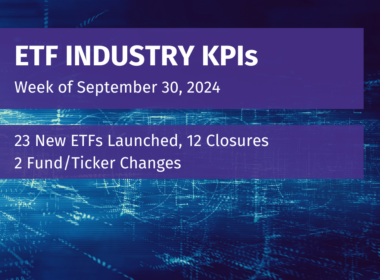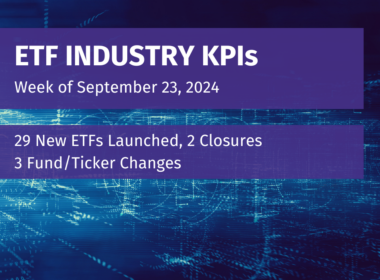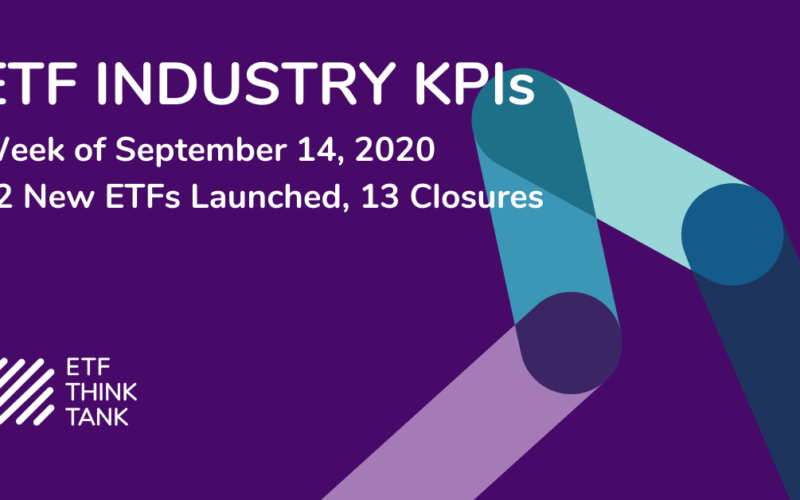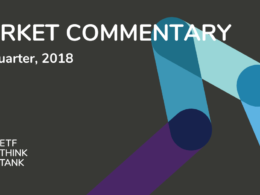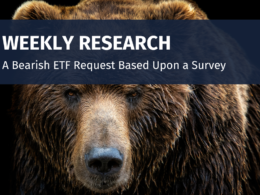ESG Innovation Thrives Part 2: Burton Malkiel’s Insights

Our Thursday Get Think Tanked Happy Hour calls are not recorded with good reason. In a world where so much information is bounced around and promoted, true healthy debate and shared insights sometimes are best heard in a quiet spot where friends can be open about their views. Having said that, since Professor Malkiel’s views are so widely respected we think it is important that the dialogue gets shared in this Part 2 of our ESG Innovation Thrives Blog Posting. (Read Part 1 here)
First, the early commercial success of ESG, both in terms of returns and asset growth, should not by themselves be viewed as evidence of long term success. Arguably – point of fact – the time frame has been short and perhaps a bit coincidental or “random”. (In honor of a Random Walk Down Wall Street we used Random as our special word during this session.) Random was also topical in the sense that the decision to lower the carbon foot print from an ESG index led to alpha generation from an overweighting of technology and an underweighting in energy.
Second, ESG and impact investing is an investment trend that remains not well defined with vagaries in its evolution and timetable Simply put, determining who the “good and bad actors” are remains unclear and sometimes defined simply by creating a timetable and making a commitment. As Professor Malkiel pointed out as he presented the question of whether that “utility that burns a lot of coal is simply something that we can’t own today or is that same utility that says we are going to be carbon free in 20 years and are making huge investments in wind and renewable power a good or bad company?” Moreover, the Professor also pointed out that morality has its vagaries and opportunities. Understanding valuation during a period of change can be an opportunity and exactly how certain social media companies score high on a “moral basis” with leading index providers when so many people have issues with privacy and how these companies may be using personal data.
Third, where are we in the ESG evolution- revolution? Conclusion – investors should look to a core satellite approach or perhaps even a customized approach. There can be a blurred line between how an investment universe and process is defined in Smart Beta, but investors should review index guidebooks and the ETF prospectus for how and when rebalances occur. A passive index can review its universe and rebalance many ways, i.e. quarterly, annually, or however the rules have been set up according to its process. This, of course, can affect how it reviews and embraces how “good actors” who may previously have been viewed as bad actors are changing their stage of ESG evolutionary development.

Our Conclusion at Toroso
Depending upon how you define ESG there are between 62 and 111 ETFs traded in the US. Trying to do the right thing may begin with a low cost core solution, but there is much room for expansion in this category and it is clearly in its early stages of development. Since transparency remains a core value proposition of ETFs and buyers of ETFs it would not surprise us to see a doubling of the number of ESG ETFs in the near future. There are still only 11 actively managed ESG ETFs with aggregate AUM of only $566 million. The three largest are the PIMCOs Enhanced Short Maturity (EMNT) with $133 million in AUM, ClearBridge Large Cap Growth (LRGE) with $112 million AUM and the American Century Sustainable Equity ETF (ESGA) with $83 million in AUM. ESG in fixed income is relatively undeveloped with AUM in aggregate at only $2.22 Billion across 12 ETFs and EMNT is the sole active fixed income ETF. Inspire, a new entry as of July 2020 to the ETF market, also launched a multi-Tactical ETF Strategy – the Inspire Tactical Balanced EST ETF (RISN). There is some irony to the fact that Inspire outsources its active 20% ESG Fixed income allocation to the Vanguard’s Intermediate-Term Treasury ETF (VGIT). Apparently, the US Government or Vanguard in this case is ESG friendly.
There are no broad sector ESG ETFs, but specifically there are ETFs that provide pure plays in solar, wind, renewables and water. As ESG offerings expand we would expect more launches to come in the fixed income, equity sectors and more white label customized versions could become cool if certain social organizations, family offices or pensions embrace the need as a way to express a culture or philosophy. In one hour we did not solve all the global ESG investment questions, but a healthy debate among friends about doing the right thing is always inspiring.
We also had great questions related to Glidepath strategies for retirees in the current fixed income environment where global central banks are driving interest rates to levels that are not efficiently priced. Thank you Elya Schwartzman for the Glidepath question. Jim Wiandt and Deborah Fuhr also challenged the Professor with insightful questions as well as Carlos Carpi. Hint on all counts – for those who could not attend – there was a healthy skepticism both in the chat as well as by people who were asking questions that markets are in uncharted circumstances related to both inflation and how factor investing might work differently in the future.
Disclosure
The information provided here is for financial professionals only and should not be considered an individualized recommendation or personalized investment advice. The investment strategies mentioned here may not be suitable for everyone. Each investor needs to review an investment strategy for his or her own particular situation before making any investment decision.
All expressions of opinion are subject to change without notice in reaction to shifting market conditions. Data contained herein from third party providers is obtained from what are considered reliable sources. However, its accuracy, completeness or reliability cannot be guaranteed.
Examples provided are for illustrative purposes only and not intended to be reflective of results you can expect to achieve.
All investments involve risk, including possible loss of principal.
The value of investments and the income from them can go down as well as up and investors may not get back the amounts originally invested, and can be affected by changes in interest rates, in exchange rates, general market conditions, political, social and economic developments and other variable factors. Investment involves risks including but not limited to, possible delays in payments and loss of income or capital. Neither Toroso nor any of its affiliates guarantees any rate of return or the return of capital invested. This commentary material is available for informational purposes only and nothing herein constitutes an offer to sell or a solicitation of an offer to buy any security and nothing herein should be construed as such. All investment strategies and investments involve risk of loss, including the possible loss of all amounts invested, and nothing herein should be construed as a guarantee of any specific outcome or profit. While we have gathered the information presented herein from sources that we believe to be reliable, we cannot guarantee the accuracy or completeness of the information presented and the information presented should not be relied upon as such. Any opinions expressed herein are our opinions and are current only as of the date of distribution, and are subject to change without notice. We disclaim any obligation to provide revised opinions in the event of changed circumstances.
The information in this material is confidential and proprietary and may not be used other than by the intended user. Neither Toroso or its affiliates or any of their officers or employees of Toroso accepts any liability whatsoever for any loss arising from any use of this material or its contents. This material may not be reproduced, distributed or published without prior written permission from Toroso. Distribution of this material may be restricted in certain jurisdictions. Any persons coming into possession of this material should seek advice for details of and observe such restrictions (if any).




